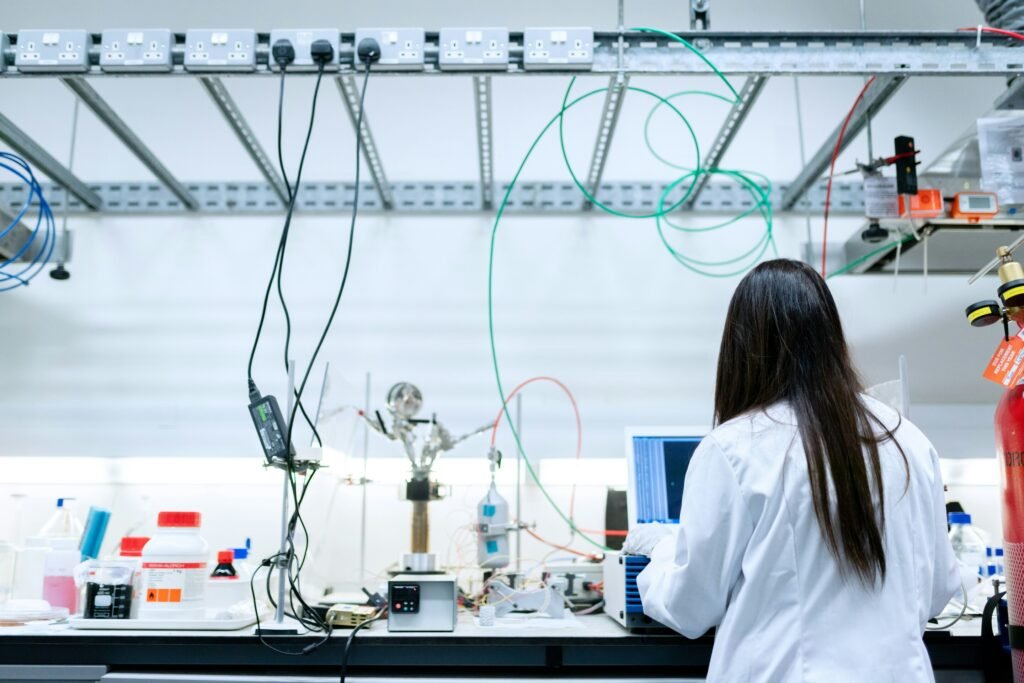This new computer program takes PhysiCell a step further by incorporating an analysis of patterns of cell behavior. By examining the ways in which cells move, divide, and interact, the program can create simulations that accurately mimic real-life cellular processes. This level of detail allows researchers to study complex biological systems in a controlled and cost-effective manner.
One of the key advantages of this digital twin approach is its versatility. Scientists can use the program to simulate a wide range of scenarios, from drug testing to gene-environment interactions. This flexibility opens up new possibilities for studying diseases such as cancer and exploring the intricacies of cellular processes that are difficult to observe directly.
Genevieve Stein-O’Brien, one of the researchers involved in the project, explains that the idea for this study originated from a workshop on the earlier version of PhysiCell. This collaborative effort between multiple institutions has led to the development of a powerful tool for studying cell behavior.
The potential applications of this research are vast. By creating digital twins of cells, scientists can gain insights into how diseases progress, how drugs interact with cells, and how genetic factors influence cellular behavior. This knowledge could pave the way for more personalized and effective treatments in the future.
The study, published in the journal Cell, showcases some of the cell simulations created using this new program. These simulations provide a glimpse into the complex world of cellular dynamics and offer a new perspective on how biological systems function.
Overall, this research represents a significant advance in the field of computational biology. By combining mathematical analysis with computer simulations, scientists have developed a powerful tool for studying cell behavior in unprecedented detail. As this technology continues to evolve, it has the potential to revolutionize our understanding of cellular processes and pave the way for new discoveries in medicine and beyond.
The ability to track cells as they form layers in the brain’s cortex is a crucial step in understanding how the brain develops and functions. Researchers at Johns Hopkins University have developed new software, called PhysiCell, that allows them to track cell behavior and organization in real-time, providing valuable insights into brain development and disease.
Dr. Stein-O’Brien and his team are at the forefront of this groundbreaking research, working alongside Dr. Daniel Bergman from the University of Maryland School of Medicine’s Institute for Genome Sciences. Together, they are expanding the capabilities of the PhysiCell software to model brain circuits from the cellular level up. This innovative approach allows researchers to visualize how brain cells organize to create the intricate networks that form the basis of brain function.
Traditionally, computer modeling programs required advanced knowledge of mathematical models and coding skills to use effectively. However, the new PhysiCell software simplifies this process by providing a user-friendly interface that is accessible to biologists without extensive programming experience. This “grammar” of the software translates cell behavior rules into mathematical equations, allowing scientists to model complex biological processes with ease.
The software’s ability to model spatial transcriptomics, which visualizes the distribution and function of different cell types in tissues, is a significant advancement in the field of neuroscience. By integrating data from the Allen Brain Atlas, researchers can create 3D models of brain development that provide valuable insights into how cells interact and communicate over time.
David Zhou, a neuroscience undergraduate student at Johns Hopkins, played a key role in developing the cell behaviors used in the software. Together with Zachary Nicholas, a Ph.D. candidate in human genetics, they built the first-of-its-kind model of brain development using spatially resolved data. This technology allows researchers to track cell behavior in real-time, providing a dynamic view of how cells interact and change over time.
The software’s applications extend beyond brain development to cancer research, where it has been used to model the behavior of immune cells in breast tumors. Dr. Elana Fertig, a professor at the University of Maryland School of Medicine, led the project, which utilized data from human pancreatic tumors and mouse experiments to validate the software’s capabilities. In one experiment, Dr. Jeanette Johnson, a postdoctoral fellow at the Institute for Genome Sciences, simulated how immune cells invaded breast tumors by manipulating a genetic pathway known to promote cancer growth.
Overall, the development of the PhysiCell software represents a significant advancement in our ability to model complex biological processes in real-time. By tracking cell behavior and organization in the brain, researchers can gain valuable insights into brain development, disease mechanisms, and potential treatment strategies. This innovative approach has the potential to revolutionize our understanding of the brain and pave the way for new discoveries in neuroscience and beyond.


